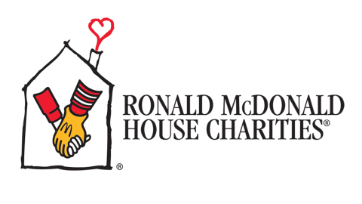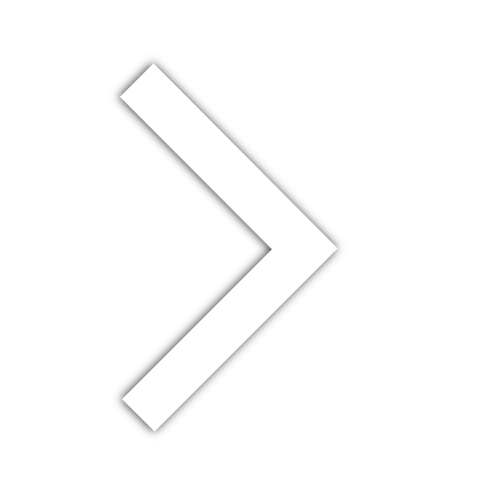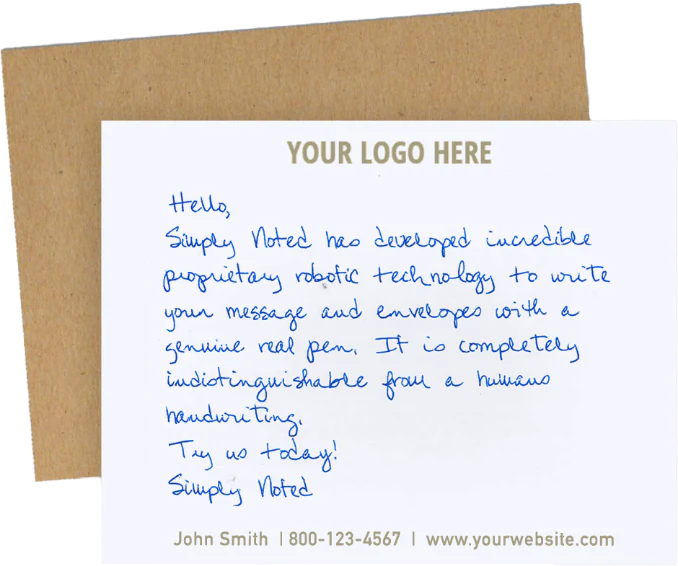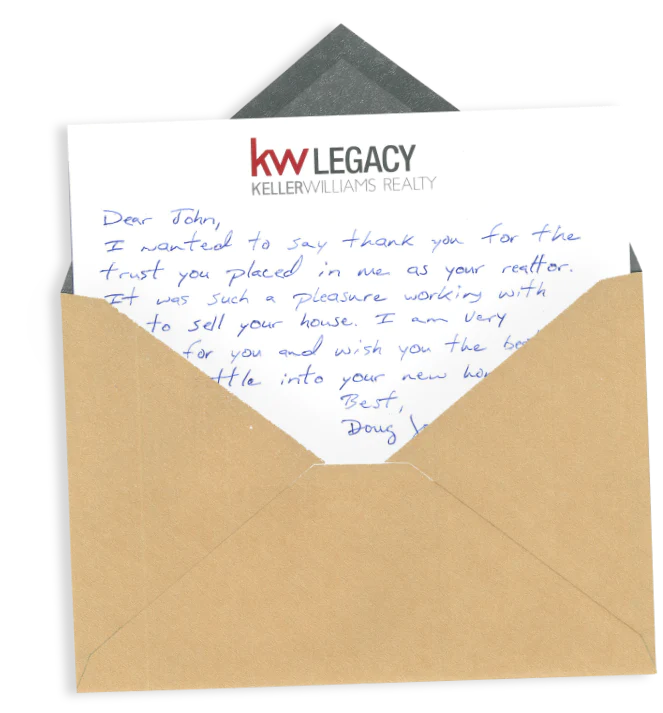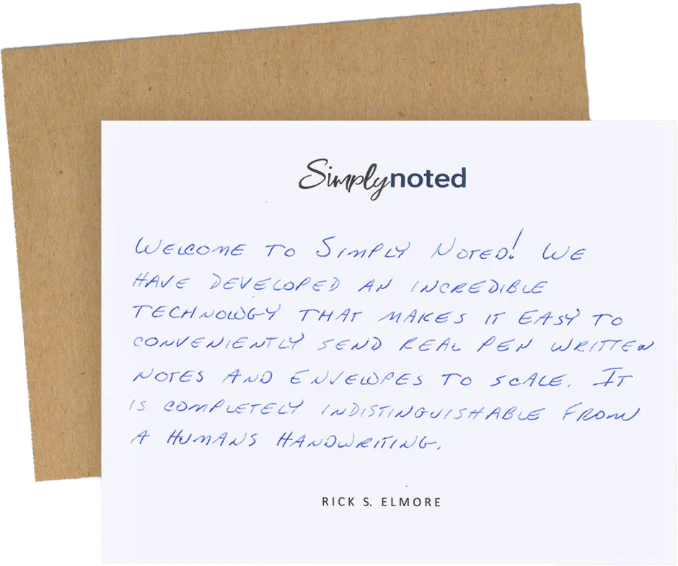Should a Thank You Note Be Handwritten?

Thank you notes are among the oldest expressions of gratitude we still use today, second only to in-person handshakes, hugs, and kind words. They’re perfect because they’re portable. You can hand a thank you note to its recipient, leave it somewhere they’ll find it, or drop it in the mail. No matter where your intended target is, even if they’re on the other side of the planet, you can get a warm expression of thanks into their hands.
While the thank you note format has been around since the 1400s, technology has changed its expression in recent years. Today, far more thank you notes are sent electronically, whether by email, text, chat, or eCard. These digital thank you messages are easy to create, free to send, and instantaneously delivered. But does that make them better overall?
Handwriting lends your thank you a personal quality that digital expressions can’t match. Your handwriting is uniquely yours, and penning your thanks with ink on paper feels immediate as if a small piece of you travels along with your message. As they read your card, your recipient feels a connection to you. They’re touching a card you also held, reading a message you penned with them in mind. Handwritten thank you notes have a visceral quality that lends them an emotional authenticity unavailable with digital messages.
So what’s better? A fast, free digital thank you, or one that takes time to sculpt and mail but connects with the reader far more readily? That’s what we’ll look at today.
SEE ALSO: How to Write a Thank You Note - Best Tips and Examples

THE SHORT ANSWER? THANK YOU NOTES SHOULD BE HANDWRITTEN
Digital thank yous favor convenience over purity of expression. This isn’t a trade-off you want to make. You get one chance to make your gratitude real for your reader. If they don’t connect with your message, you’ve missed an opportunity to strengthen your relationship.
Email is fine for quick communications that convey information devoid of emotional content. Businesses use this tool appropriately when communicating with clients about project, product, or service priorities.
Individuals use email, chat, and text messages to stay in contact with their friends and loved ones. Whether you’re making plans, passing around jokes, or just staying involved in each other’s lives, these digital communication channels keep everyone in your life at your fingertips.
However, when it comes to important matters, like apologies, event invitations, exciting announcements, and expressions of gratitude, these digital channels feel cold and impersonal. Your reader may interpret their use as laziness or ambivalence. These weighty matters deserve a more personal expression, one that only handwriting can deliver.
Your recipient did you a solid. The least you can do is return the favor with a genuine, handwritten expression of your appreciation.
THE BENEFITS OF HANDWRITTEN THANK YOU NOTES
Your recipients certainly benefit from the effort you put into your handwritten notes. It turns out that you benefit, too! Here are a few of the most notable advantages.
Your Recipients Connect With Your Gratitude
Handwritten notes are like a tiny hug, built of paper and ink that you can send through the mail. The reader connects with them in a way that email can’t match. If you’re sending a casual thank you for a minor favor, an email’s fine. But if you want to pour your heart out and have your recipient genuinely connect with the emotion you’re sharing, you need to handwrite your message.
SEE ALSO: 10 Best Employee Thank You Note Examples

You’ll Feel Great
Thank you notes express your inner world. This kind of expressive writing creates real changes in the writer’s mood, outlook, and feelings of wellbeing. Studies have shown journaling, letter writing, and other handwritten expressions improve your attitude, relieve stress, and help create connections between you and other people.
You’ll Enjoy Increased Mindfulness
Handwritten notes require focus and attention to detail. That’s because, unlike emails or text messages, mistakes are difficult to fix. Writing by hand forces you to think carefully about what you want to say so that when you write it down, it comes out right, the first time. As a result, handwritten thank you notes tend to be more compact, thoughtful, and effective.
Your Expressions Will Be More Creative
Creativity is enhanced when you use more of your brain at the same time. Handwriting requires simultaneously accessing the visual, motor, and cognitive sections of your brain. The process’s abstract nature further enhances this synergistic effect, creating a positive feedback loop that makes for more expressive, creative communications.
SEE ALSO: 8 Donation Thank You Letter Ideas

THANK YOU NOTES SHOULD BE HANDWRITTEN — THAT DOESN’T MEAN YOU HAVE TO WRITE THEM
Here’s where things get interesting. Simply Noted has brought digital communication technologies full circle. Instead of replacing handwritten notes with a cold, digital proxy, our service improves on the handwritten note, allowing you to send them as easily as you would an email or text message.
Magic happens when we put ballpoint pens in the “hands” of our handwriting robots. Not only can they quickly handwrite cards by the hundreds or thousands, but they can do it without losing the personal quality that makes handwriting so effective. Their effortless motions across your cards are guided by state-of-the-art smart fonts, trained by our proprietary AI to recreate the subtle variations of letter size, shape, and spacing usually present in natural handwriting.
Most handwriting fonts look like...fonts. Each letter looks the same every time it occurs. The natural variability of authentic handwriting is absent. With just a cursory glance, readers can see that the writing isn’t genuine.
And if they can tell it’s a handwriting font, you’ve lost the emotional honesty you were hoping for. Our smart fonts are different. They look like natural handwriting, not fonts. That means you can confidently mail them to even your most discriminating friends, acquaintances, and business contacts, knowing that the emotion you’re trying to share will convey authentically.






